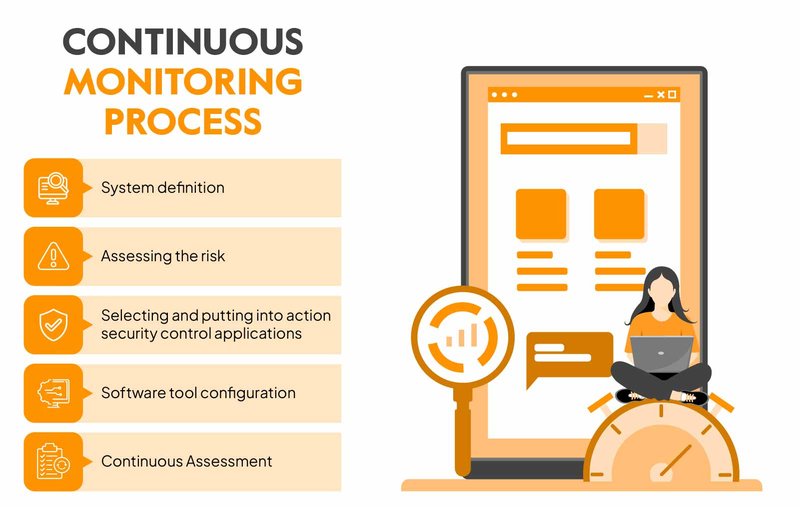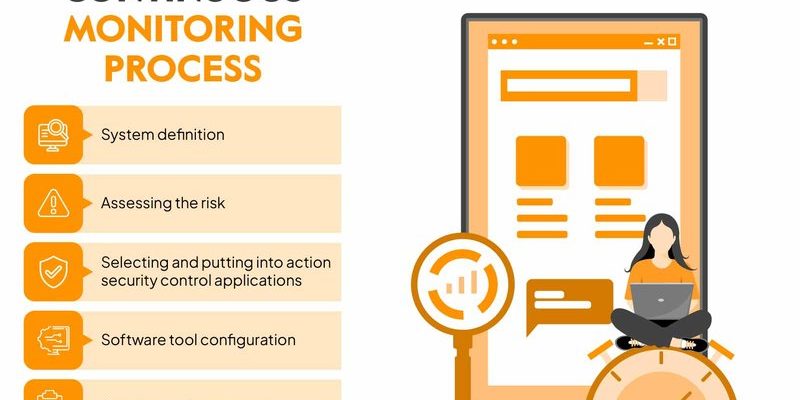
Trichinella spiralis is particularly notorious for infecting animals, especially pigs, and the humans who consume undercooked or raw meat from these infected creatures. You might be wondering how an understanding of its seasonal activity can help us prevent infection. Well, much like knowing when to plant a garden or when to prepare for a winter storm, keeping track of the seasonal patterns of this parasite can lead to better public health strategies and food safety measures.
Let’s dive deeper into the fascinating world of Trichinella spiralis, exploring how this parasite’s activity changes throughout the year and what that means for us.
What is Trichinella Spiralis?
Trichinella spiralis is a hookworm that lives in the intestines of infected animals, particularly pigs. It’s microscopic and often goes unnoticed until it makes its way into the human food chain. When humans consume undercooked meat containing the larvae, the larvae can develop into adult worms in the intestines, leading to trichinosis. This infection can cause symptoms ranging from mild digestive issues to severe muscle pain and fever. Honestly, it’s a bit unsettling when you think about how easily it can be transmitted through something as common as a meal.
The life cycle of Trichinella spiralis is a complicated one. It begins when an infected host (like a pig) consumes meat containing encysted larvae. Once inside, the larvae emerge and develop into adult worms, breeding and releasing new larvae that travel through the bloodstream to various muscles in the body. This is where the “dance” analogy fits—each step of their lifecycle relies on specific conditions to thrive.
Seasonal Activity of Trichinella Spiralis
One of the most fascinating aspects of Trichinella spiralis is how its activity ebbs and flows with the seasons. During warmer months, particularly during the late spring and summer, the risk of infection tends to rise. This spike is often connected to increased outdoor activities and changes in animal behaviors. Animals are more active, and this can lead to higher rates of infection as they come into contact with contaminated environments.
In contrast, cooler months, like winter and early spring, see a drop in activity. Cold weather can slow down the lifecycle of the parasite, making it harder for it to survive in the wild. However, this doesn’t mean the risk disappears entirely. In fact, the consumption of cured or improperly cooked meats from these times still poses a risk. Here’s the thing: understanding these seasonal patterns can help farmers, hunters, and consumers make informed decisions about food safety.
Factors Influencing Seasonal Activity
Several factors play a role in the seasonal activity of Trichinella spiralis. Temperature and humidity are two major players. Warm, humid conditions are ideal for the survival of the larvae in the environment, increasing the likelihood of animal infection. As temperatures drop, the ability of the parasite to thrive declines.
Additionally, animal behavior significantly contributes to the patterns we observe. For example, in warmer months, pigs may be more likely to forage outdoors, increasing their exposure to contaminated soil or feed. As they graze, they can unknowingly consume larvae, completing the cycle of infection. The interaction between environmental conditions and animal behaviors is crucial for understanding how and when to monitor for Trichinella spiralis effectively.
Monitoring Techniques
Monitoring the activity of Trichinella spiralis across the seasons requires a mix of fieldwork, laboratory testing, and surveillance strategies. In many regions, health authorities and agricultural agencies conduct regular testing of both wild and domesticated animals for the presence of this parasite.
One common method involves examining muscle tissues for encysted larvae. This can be done through various laboratory techniques, including the pepsin digestion method, where tissue samples are digested to free the larvae, which are then identified under a microscope. These tests can indicate the levels of infection in animal populations, helping predict potential risks to human health.
Moreover, it’s important to keep an eye on trends through epidemiological studies. By analyzing occurrences of trichinosis in humans and correlating them with seasonal changes, authorities can better understand how the parasite behaves throughout the year. This data is invaluable for creating awareness and implementing food safety measures.
Public Health Implications
Understanding the seasonal activity of Trichinella spiralis holds significant public health implications. By tracking when and where the parasite is most active, health officials can issue advisories to the public and industries at greater risk. For example, if the data indicates a rise in Trichinella activity during the summer months, officials can emphasize the importance of cooking meat thoroughly during this period.
Additionally, farmers can adjust their practices to minimize risk. This might include changing feeding practices or implementing stricter biosecurity measures, especially during peak infection seasons. By raising awareness and adapting strategies based on seasonal patterns, we can help reduce the incidence of trichinosis among consumers.
Future Trends in Monitoring
As technology continues to advance, the methods for monitoring Trichinella spiralis are likely to evolve. Innovations such as DNA-based detection methods are being explored, which can enhance the accuracy and speed of identifying infections. Remote sensing technology may also play a role by analyzing environmental conditions that affect parasite activity.
Moreover, collaboration between health departments, agricultural organizations, and research institutions can facilitate a more comprehensive approach to monitoring. By sharing data and resources, we can create a more effective system for tracking Trichinella spiralis activity throughout the seasons.
Monitoring Trichinella spiralis activity across the seasons is critical for public health and food safety. By understanding how environmental factors influence the lifecycle of this parasite, we can better protect ourselves and our communities. Remember, awareness is the first step towards prevention. Whether you’re a farmer, hunter, or simply a meat lover, being conscious of the risks associated with Trichinella spiralis can make all the difference. So, let’s keep an eye on the seasons, and together, we can help reduce the risks of trichinosis for everyone.

